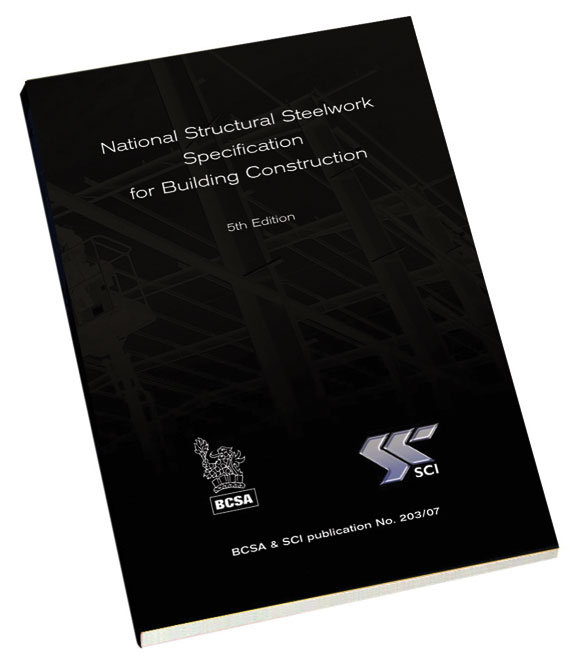News
BCSA publishes guide to loading and unloading
 A good working practice guide to loading and unloading vehicles has been published by the BCSA.
A good working practice guide to loading and unloading vehicles has been published by the BCSA.
“The publication will assist in the identification of the appropriate means of protecting personnel from falls from vehicles by using measures described in the Work at Height Regulations,” said Peter Walker, BCSA Health & Safety Manager.
The Work at Height Regulations rely on risk assessments to be used as the best practice, but Mr Walker said these assessments should avoid putting more people at risk while installing and dismantling the fall protection.
“Building a scaffold around a trailer, for instance, to allow access could put two scaffolders at risk for longer than putting one person onto a trailer for a short period of time, while the scaffold would also need to be dismantled,” said Mr Walker. “A sensible approach to assessing the risk for all activities is needed not just doing something for sake of it.”
The aim of the BCSA guide is to improve health and safety during loading and unloading of steelwork from trailers, by ensuring a consistent approach is taken.
The guide covers the early involvement of those that are in control of the site and the need to pre-plan deliveries by vehicles. Information on risk assessments is also given along with the need to assess the residual risks that are caused when resolving one problem but introducing another at the same time.
“The steel construction industry has reacted responsibly to the Work at Height Regulations and will continue to train and educate those involved in loading and unloading of vehicles,” summed up Mr Walker.
The Work at Height During Loading and Unloading of Vehicles Code of Practice (BCSA Publication Number 43/07) is available from BCSA – telephone 020 7839 8566, price £10 incl p & p












